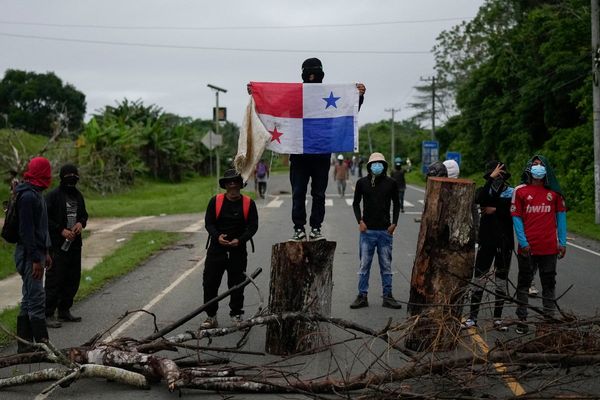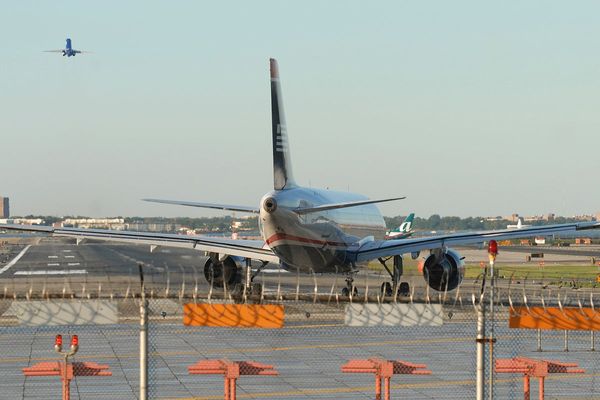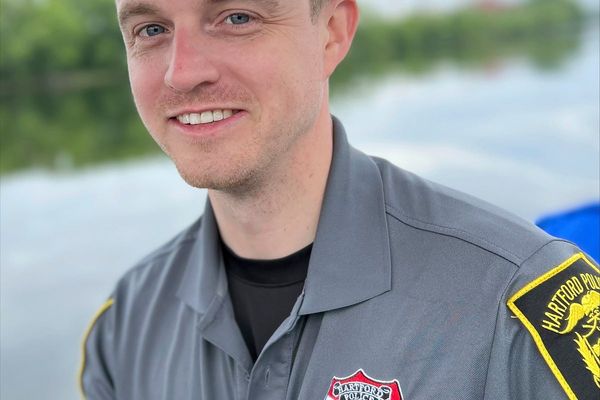
Rosie Boycott, co-founder
There were lots of things rumbling around in 1971. Germaine Greer’s The Female Eunuch had come out, and there were protests against Miss World – but they didn’t seem to reach the ordinary woman. I had dropped out of university and was working on an underground newspaper called Frendz. It was an “alternative” culture, but for women it was extremely sexist. If you didn’t agree to get laid, you were a “straight”.
We – Marsha Rowe and I – wanted to make a feminist magazine that would be widely read. She was going out with the son of journalist Claud Cockburn, and we were all at a Chinese restaurant one evening when Claud picked up a spare rib and said: “Call it Spare Rib.” It was a moment of genius.
There were terrific arguments at the launch party. The gay rights people were shouting that we weren’t supporting them, the radical feminists were shouting that we weren’t radical enough. You’re always going to displease someone. We wrote an editorial saying liberation was as important for men as it was for women – we were adamant that feminism was going to be brilliant for both sexes. Inevitably, that fell away. I wish we’d been able to explore it more.
We seriously thought we were going to take on Woman and Woman’s Own. We’d do parties to raise money and wouldn’t let people out until they’d given us £20. At one point we were so desperate, we asked an Arab sheikh for money. He was extremely nonplussed. I don’t think anyone had ever asked him for a donation without offering some kind of sexual favour.

Certain branches of WH Smith wouldn’t stock some issues. One cover had a woman supposedly in the throes of an orgasm with the line: “The liberated orgasm … Make a New Year resolution to have one.” It went over very badly. The magazine was also a difficult advertising proposition. The first issue had a makeup ad in which a woman was very demurely pulling aside a lace curtain to reveal half her face. After that, we realised, well, actually, we can’t run those kind of ads.
I don’t think anyone took us particularly seriously. Private Eye called us “Miss Bums and Miss Tits”. Back then, men didn’t realise how feminism would impinge on their world. They’re much more hostile now. Having a 100% conviction that what we were doing was right made it all fun. We were working round the clock, changing the world, and you wouldn’t have wanted to be anywhere else. We featured such writers as Margaret Drabble, Fay Weldon and Edna O’Brien, but we also asked readers to send in pieces. That came from working in the underground press: we wanted other people’s experiences.
I left in 1974, but Spare Rib kept publishing until 1993. It was there through the crucial years of feminism. It pushed what needed to be put in front of people – and it didn’t give up. In 2013, the journalist Charlotte Raven asked if she could relaunch the magazine, but in the end we said no. It played a part in changing the landscape for women in Britain, but things have their time. You resurrect them at your peril.
Marsha Rowe, co-founder
I did what was expected of me in the early 1960s in Australia and became a secretary. I’d seen the alternative magazine Oz and thought: “This is fabulous.” So I got a job there and saw how it was put together.
At the end of the decade, I moved to London. At a meeting of women who worked in the underground press, we realised that we did all the support work, and then we went home and looked after men there as well. That revelation – actually speaking it – was extraordinary.
I suggested Spare Rib at the third of these meetings. I remember Rosie’s expression, those big blue eyes looking all smiley and positive. Six months later, in June 1972, our first edition was on the stands, on sale for 17 and a half pence. We had a feature on romantic novels and a brilliant piece by Patricia Hewitt on women’s pensions. I’d met someone who knew George Best, so we interviewed him for the man’s page, which was partly a satire on the usual women’s page, but also because we wanted to explore what men thought about feminism.
We called ourselves an alternative women’s news magazine. I adored magazines and their visual aspect, but we could only afford two colours, to go with black and white. I wanted Spare Rib to have all the traditional elements of a women’s magazine, but with a different spin. Our first fashion spread was a double page on jeans. No one in fashion ever mentioned jeans back then.
The women’s liberation movement changed my life, but I discovered my voice through Spare Rib. We did a feature on the first women’s centre in London and the first refuge. At that point, domestic abuse was rarely talked about. It was something women were blamed for. As soon as news spread of what we were trying to do, people wanted to contribute. Those early days in the office were a joy, working with women, sharing ideas, thinking things through. It was so non-competitive.
It took about four years for Spare Rib to find its feet. By the time 10 years had gone by, it had become more of a magazine for the women’s movement. I think it lost a certain spark. We’d had a wonderful DIY page and a cooking section – and all these things had disappeared. The design element lost some of the early brilliance, too. It became much more solid.
Financially, it was tough going. In later years, they had to rely increasingly on grants, and the readership shrank. But the fact that it lasted 21 years is a tribute to the series of brilliant women who worked there.
• Spare Rib features in Print! Tearing It Up at Somerset House, London, until 22 August.







